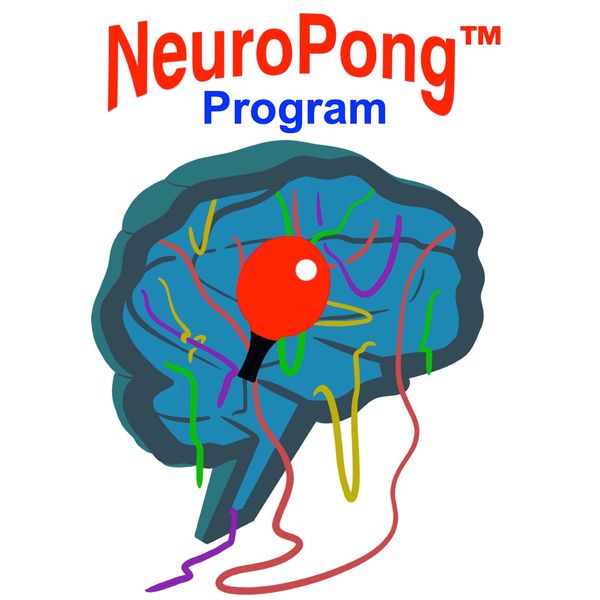Antonio Barbera, an Italian doctor living in the United States for over two decades, faced a significant life shift when he experienced two episodes of Multiple Sclerosis (MS), causing severe physical impairments. MS is a neurodegenerative condition affecting the central nervous system, leading to damage to nerve fibers’ protective sheath (myelin) and nerve cells.
After battling the aftermath of MS attacks, BARBERA noticed that playing table tennis (TT) seemed to alleviate one of his “invisible symptoms”—a constant sense of chest tightness. Inspired by this personal revelation, he delved into research to explore the potential benefits of TT for individuals with neurodegenerative conditions like MS, Parkinson’s (PD), and Alzheimer’s (AD).
Antonio founded the non-profit organization Table Tennis Connections, aiming to raise awareness about TT’s multitude of benefits. He initiated the NeuroPongTM Project, a TT program tailored for people with neurodegenerative conditions. Antonio’s objective is not only to promote the physical, emotional, and social advantages of TT but also to scientifically support its efficacy in aiding brain functionality.
Understanding the concept of neuroplasticity, the brain’s ability to form new cells and connections through proper training, Antonio aims to utilize TT as a tool to enhance the cognitive abilities of those with neurodegenerative conditions. The NeuroPongTM Project has taken root in various locations in the United States, collaborating with medical institutions and Memory Care centers.
Expanding the project globally, Antonio brought it to Italy in collaboration with the Mondino Foundation and the ASD TT 2009 Association. A research protocol on the benefits of TT for individuals with MS was established, involving local medical professionals and TT enthusiasts. Dr. Barbera’s collaboration with the International Table Tennis Federation (ITTF) Foundation further underscores the scientific backing of his project.
Presenting his findings at the first World Congress TT4 Health Congress in Crete, Greece, organized by the ITTF Foundation, Antonio showed the positive effects of TT on individuals living with PD. Another protocol focusing on participants with AD is set to commence in Colorado.
The NeuroPongTM Project aspires to engage more European locations, fostering collaboration between healthcare providers, TT clubs, and local communities to promote the holistic benefits of this remarkable sport.







